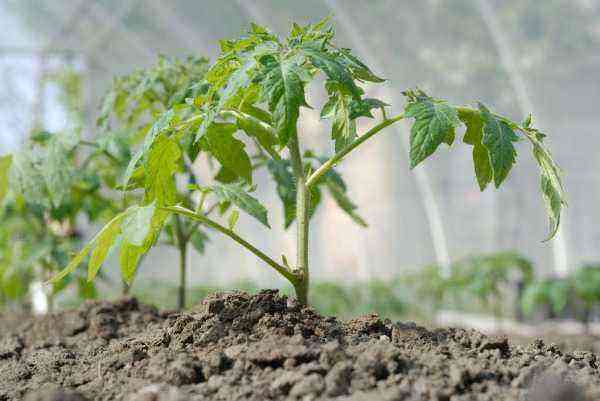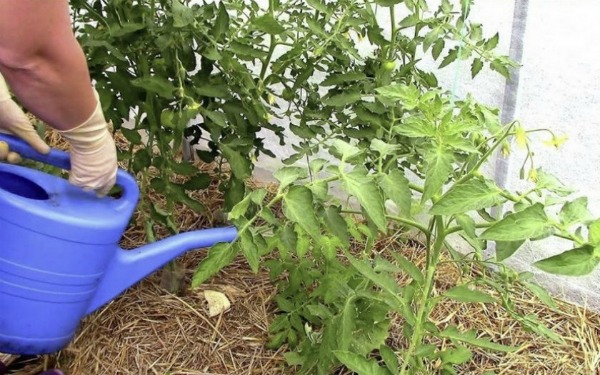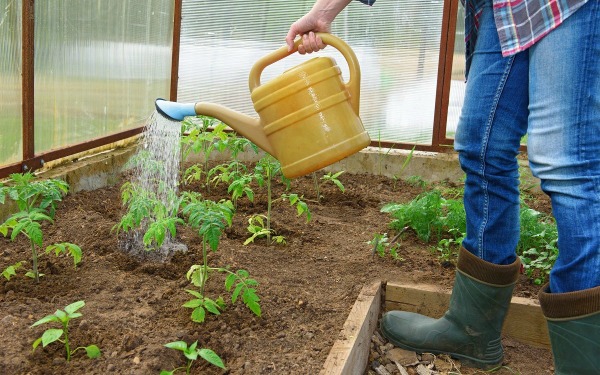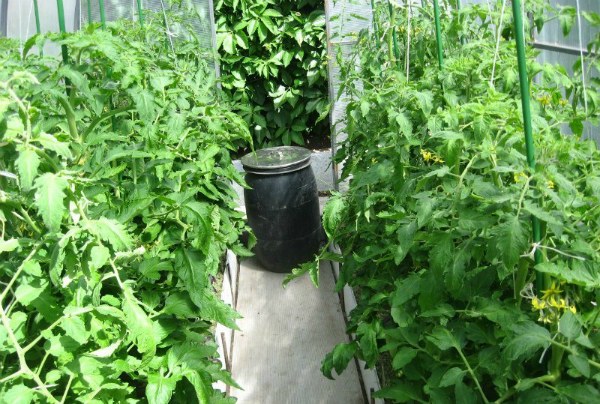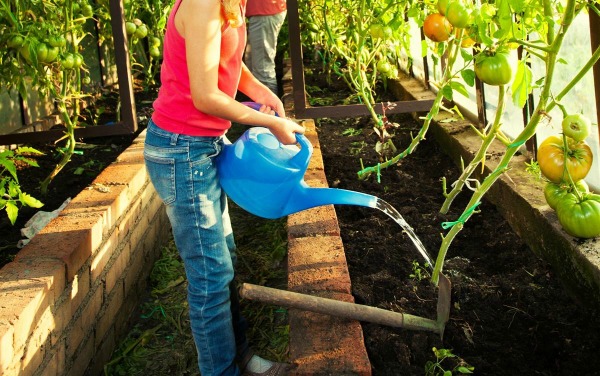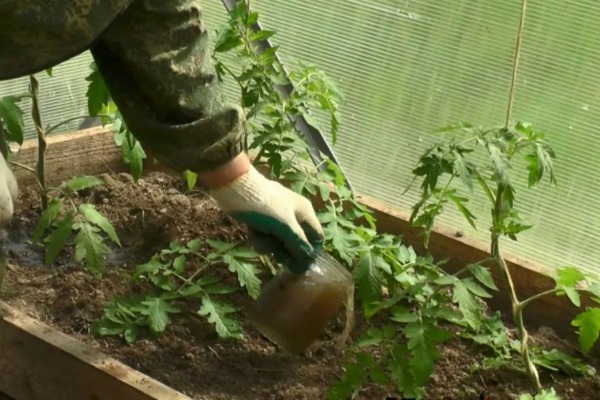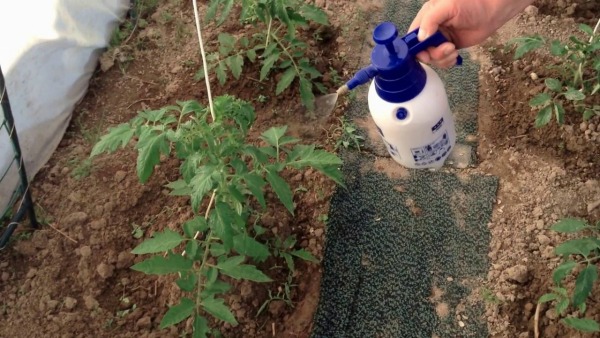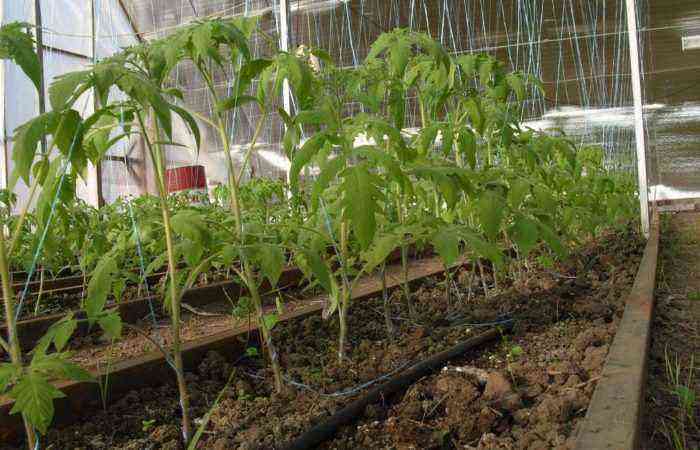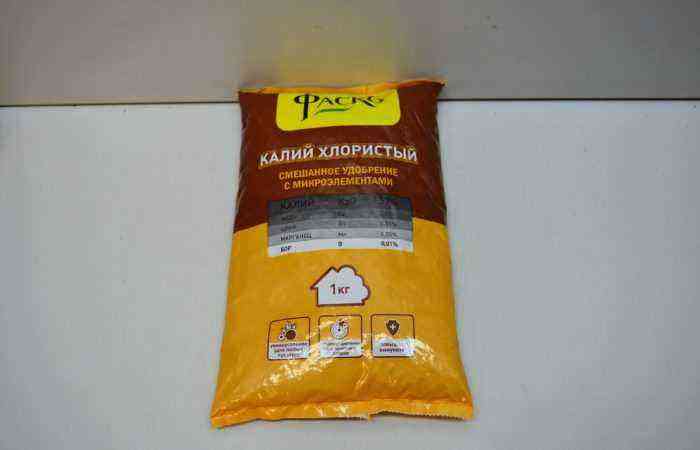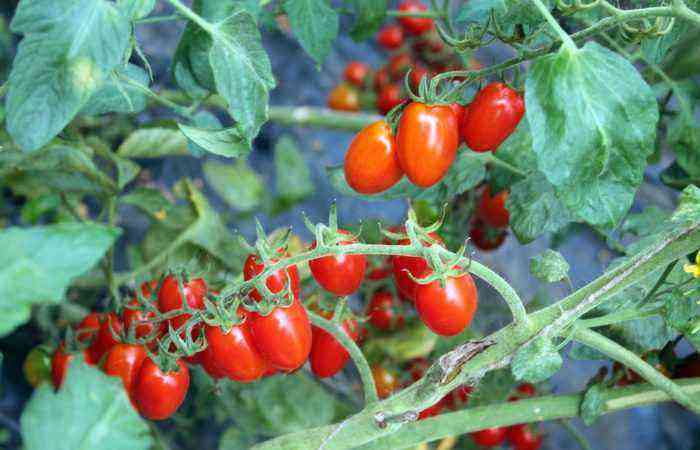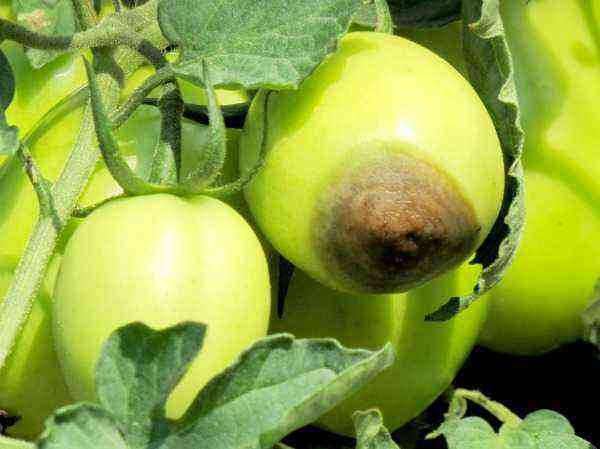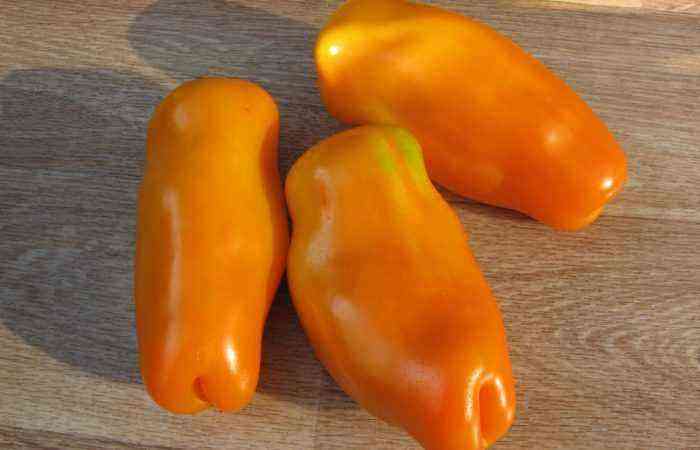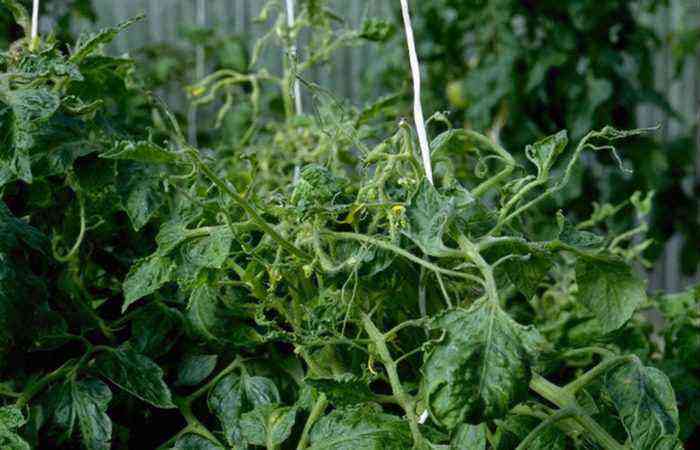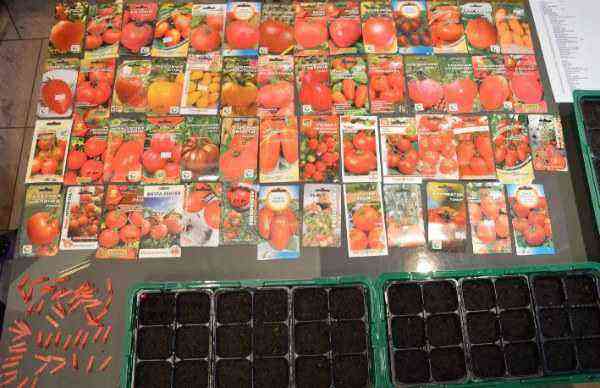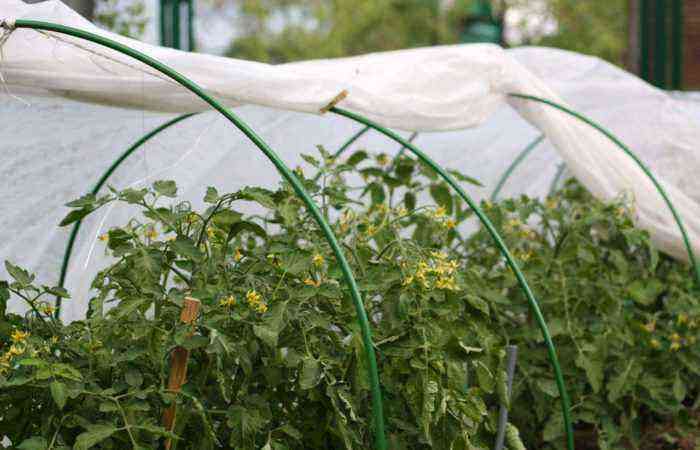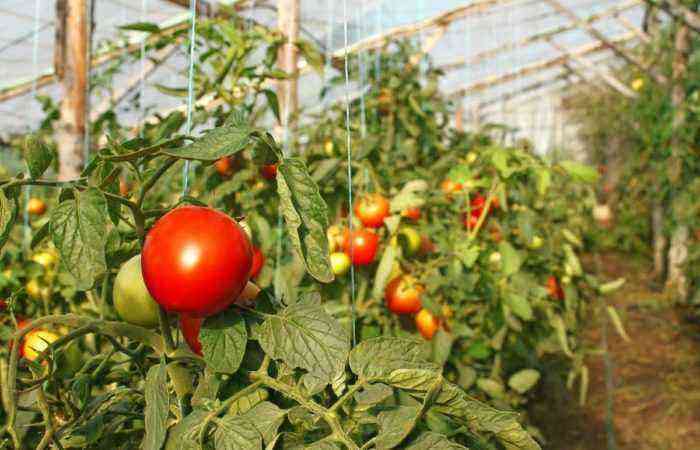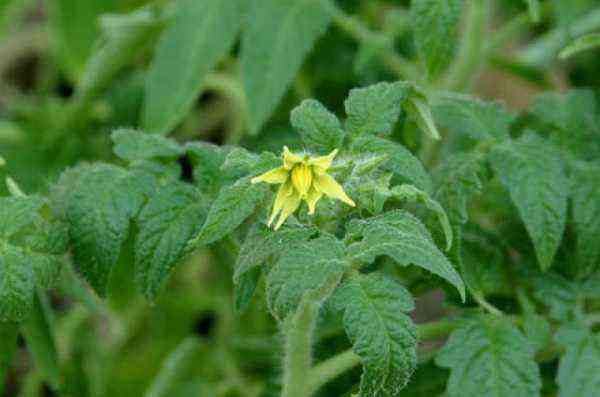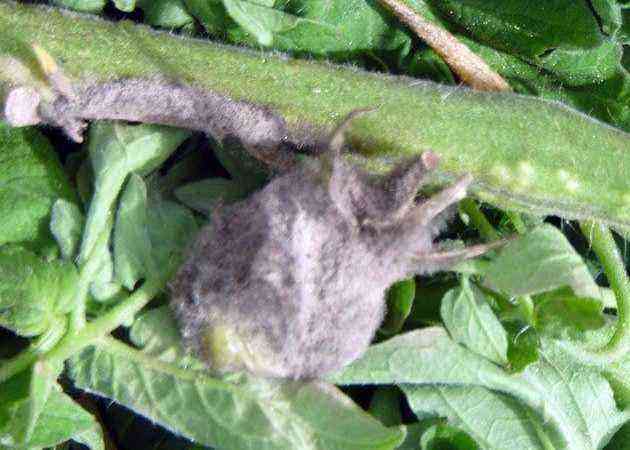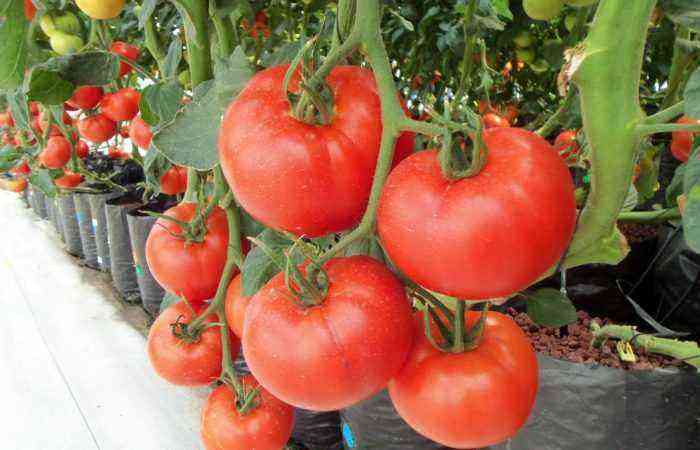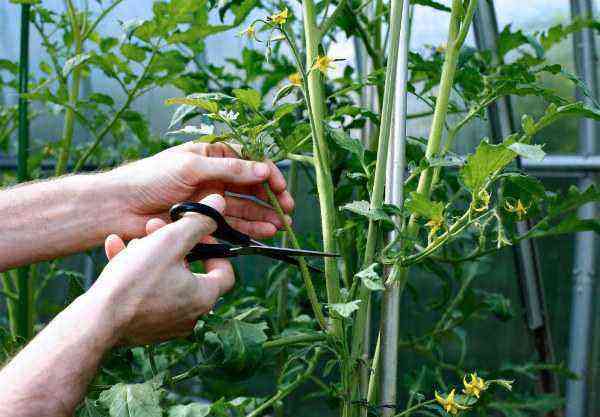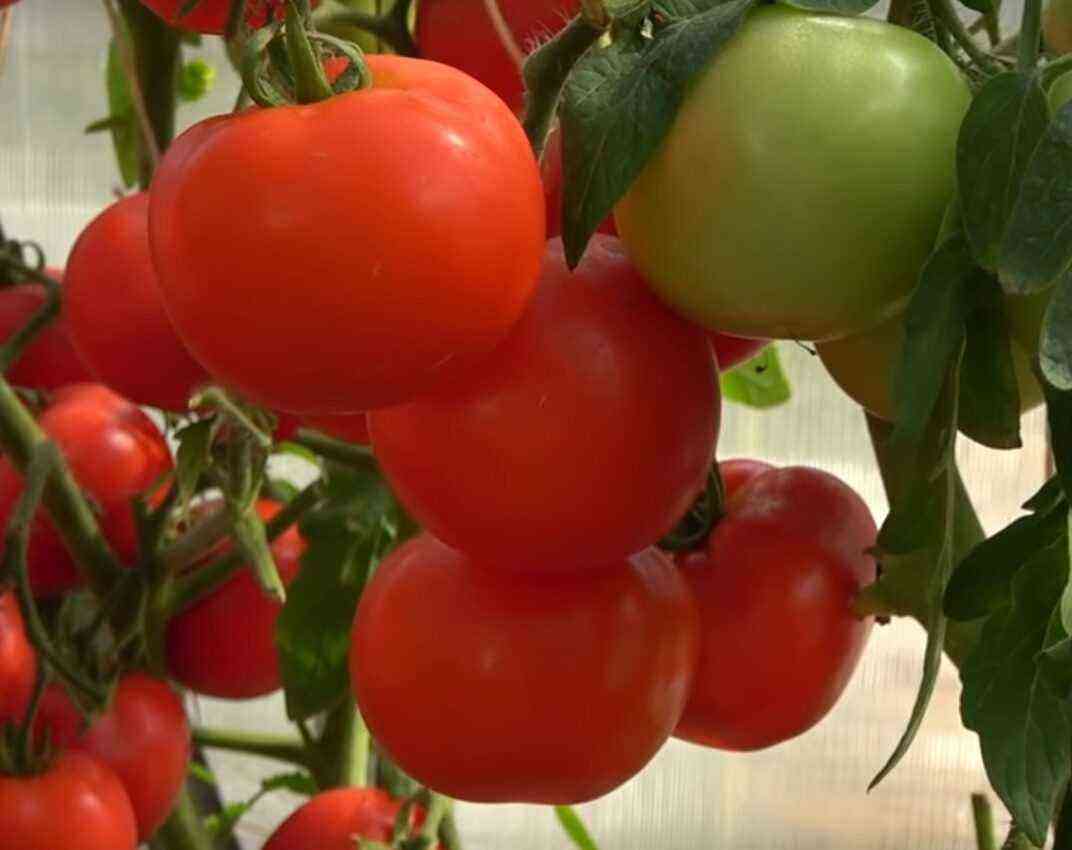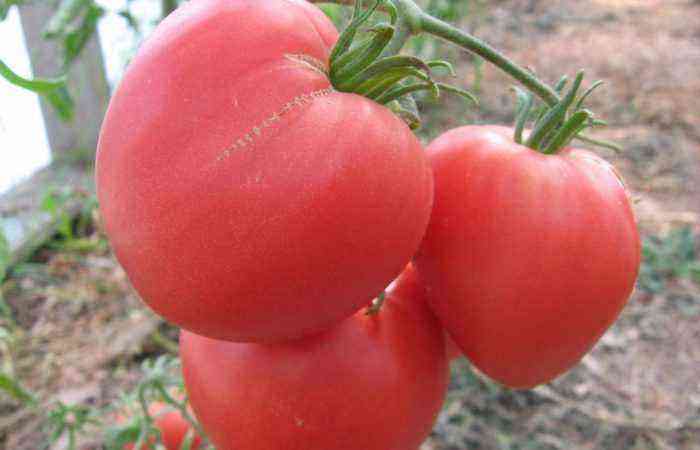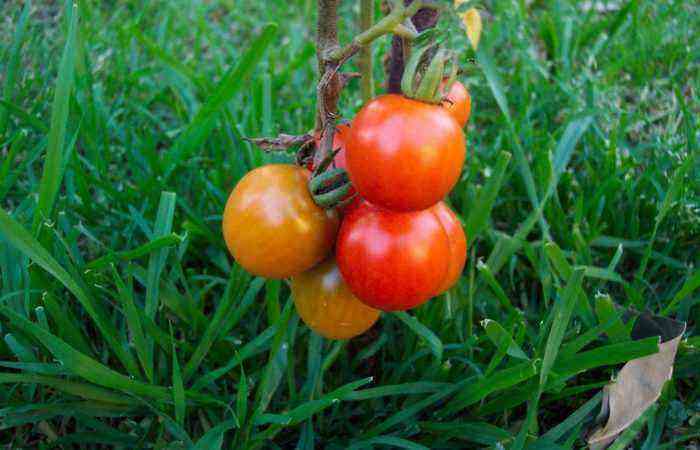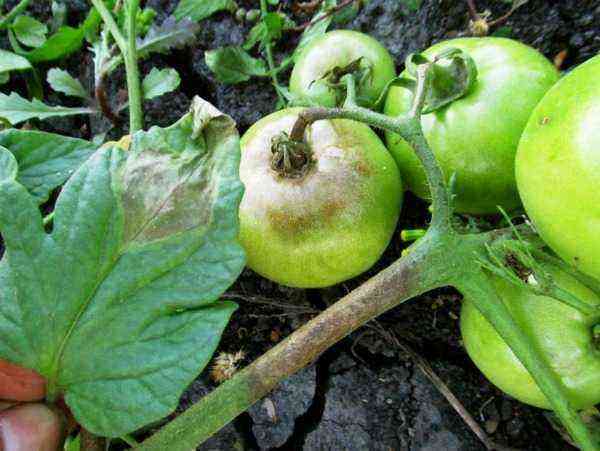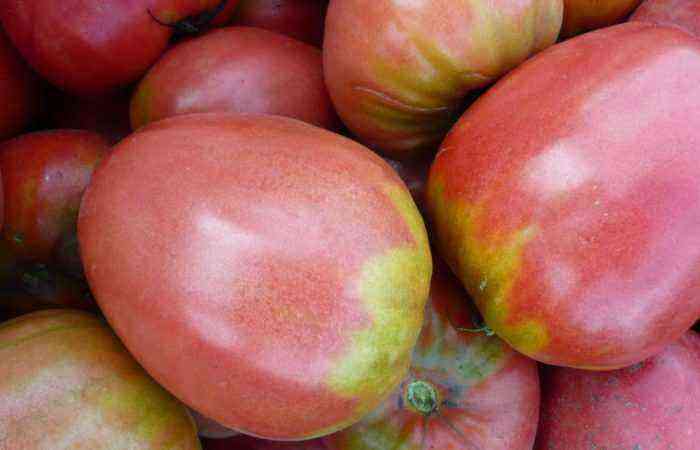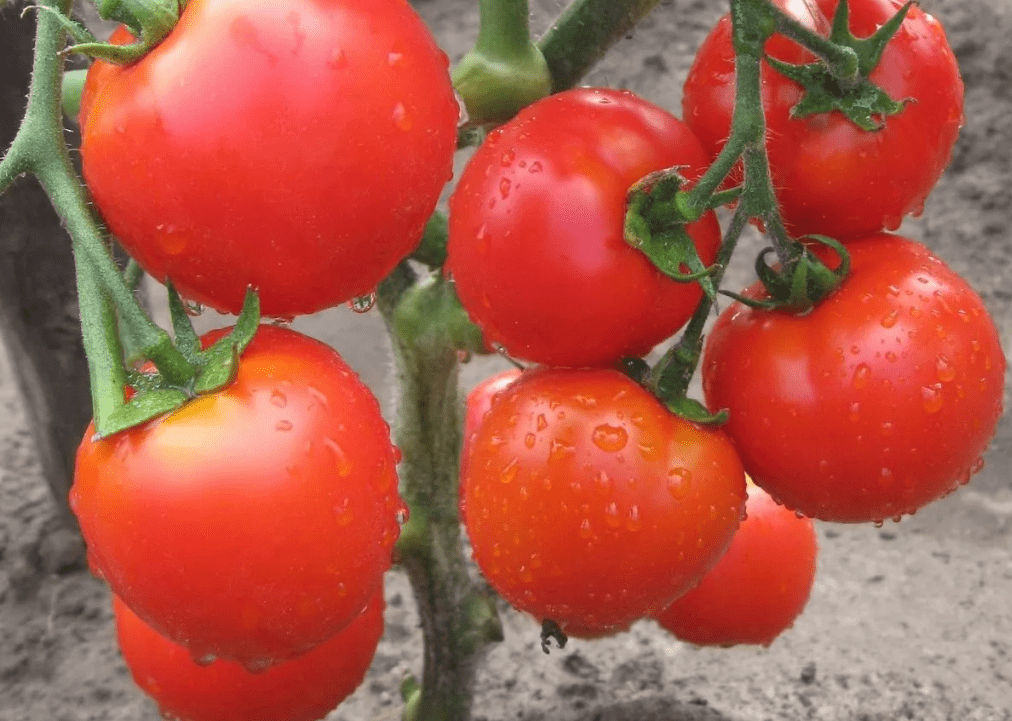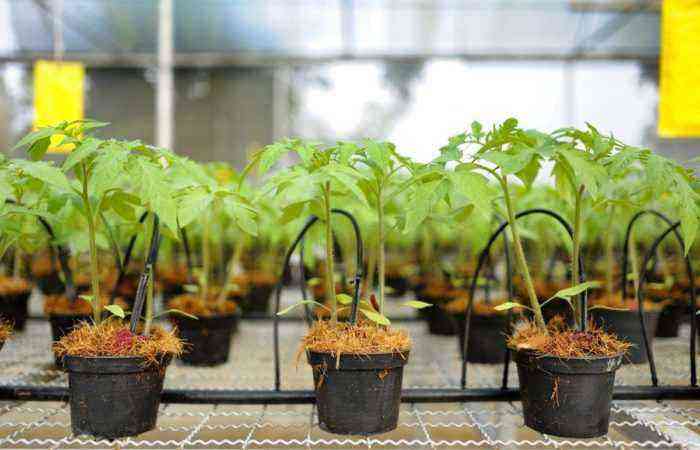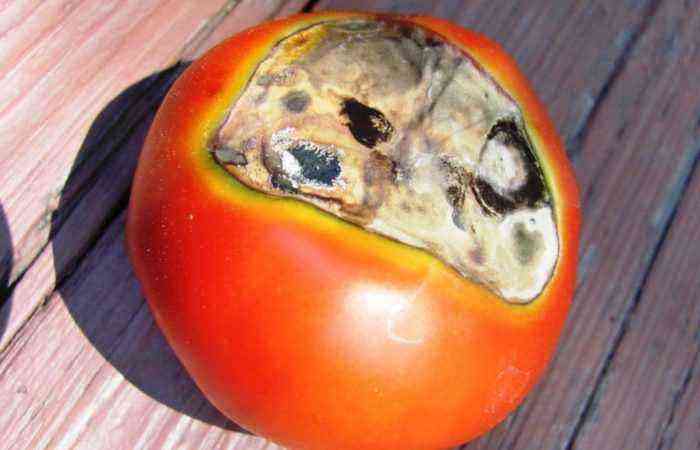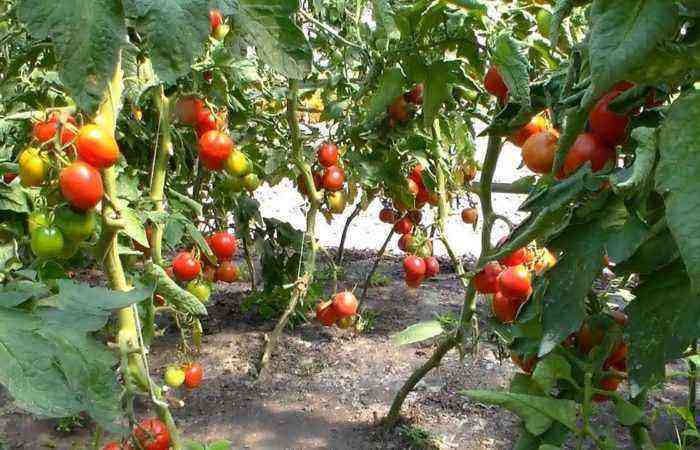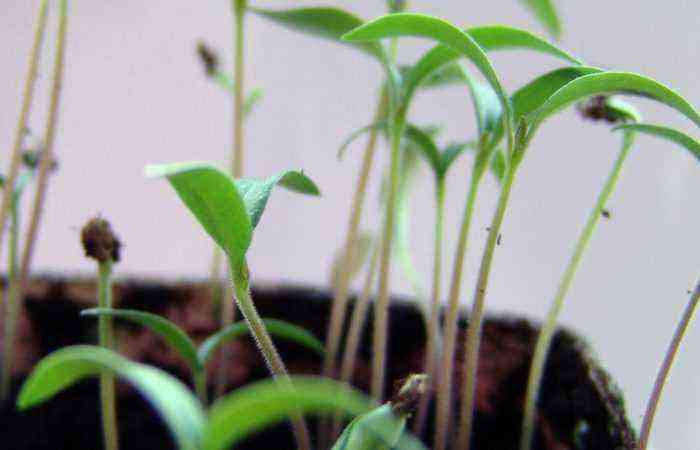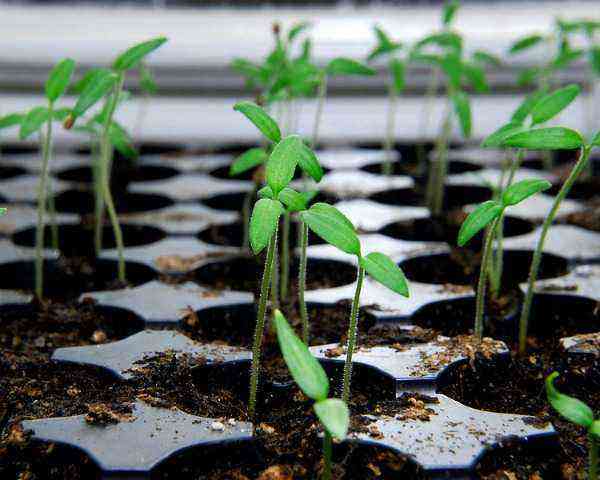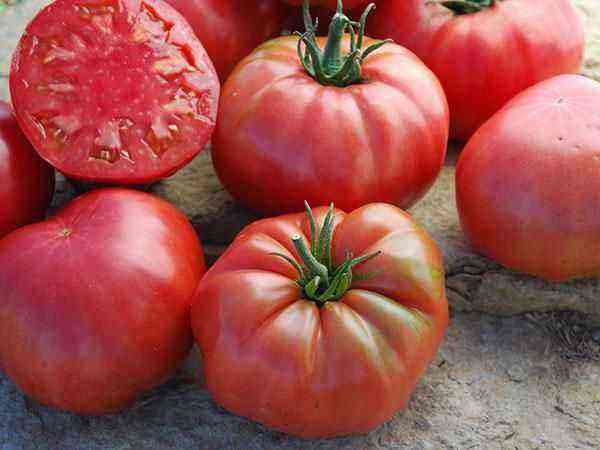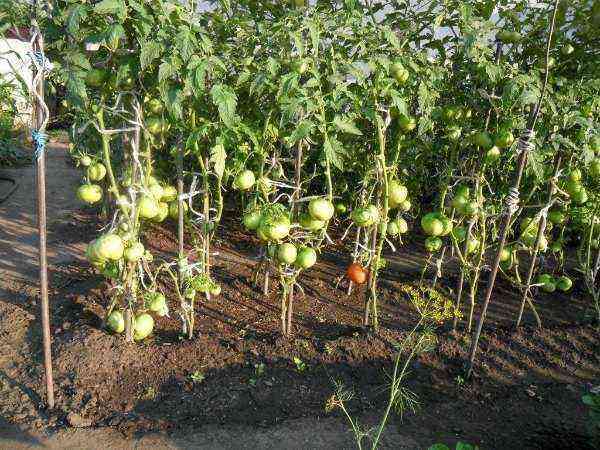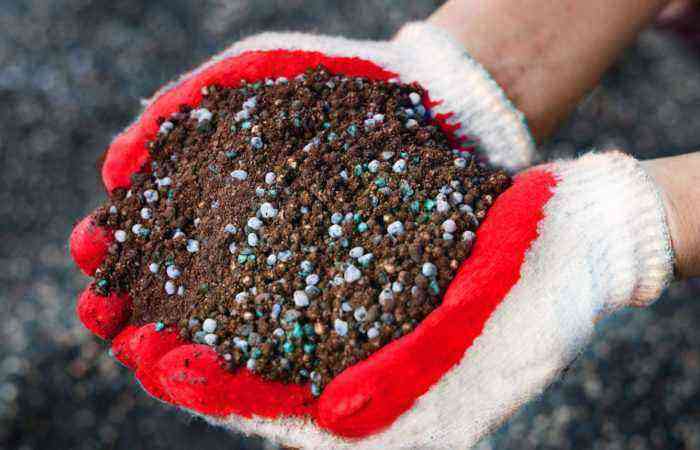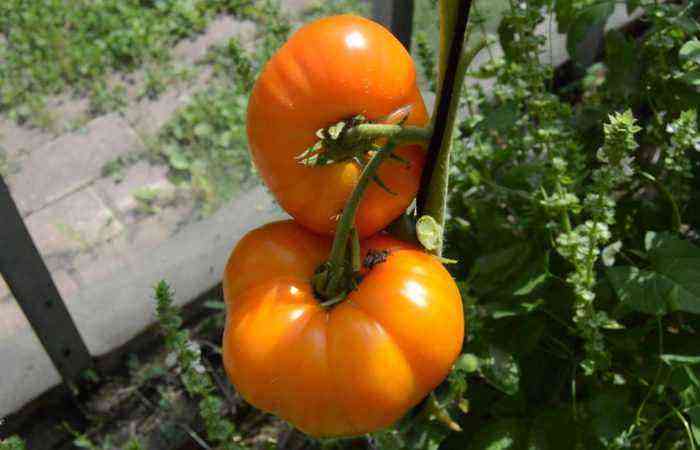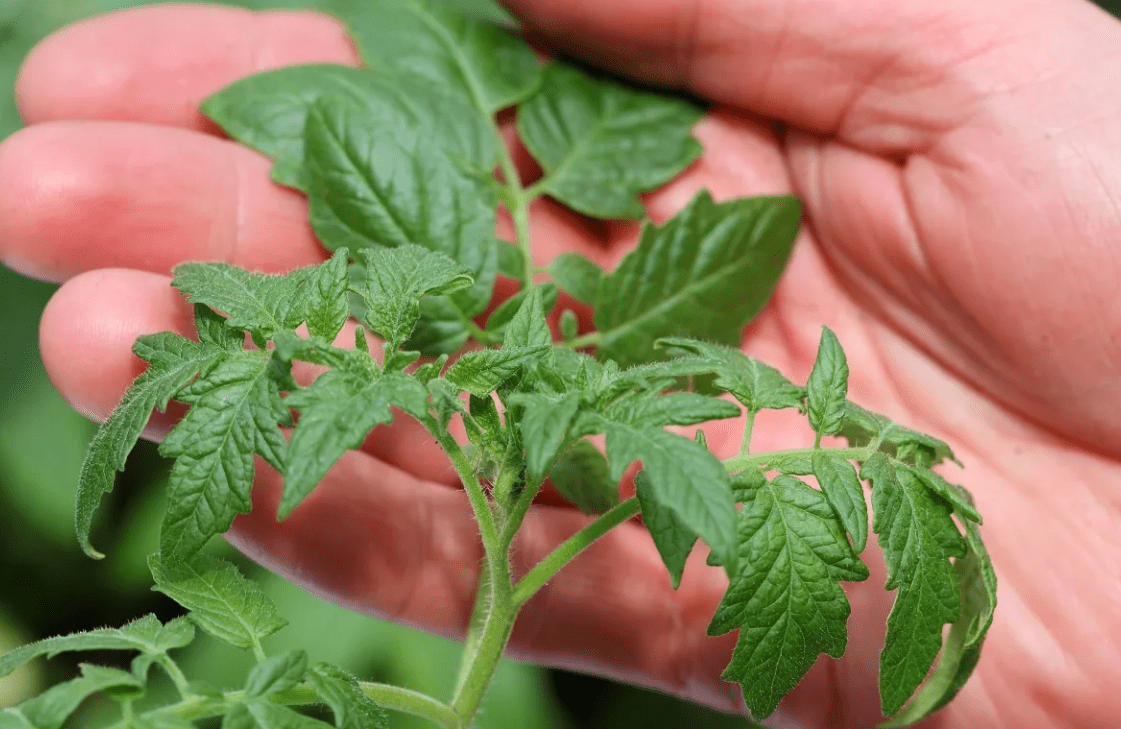Stationary greenhouses are a great help for summer residents. After all, they allow you to protect crops from adverse weather conditions, while receiving an earlier harvest. Tomatoes, being a heat-loving crop, are often grown in greenhouses. However, this method in itself does not relieve the gardener from the need to care for the plants. Top dressing is necessary for tomatoes for normal development and growth. The procedure for applying fertilizers for this crop in a greenhouse has its own characteristics.
Rules for feeding tomatoes in a greenhouse
In the greenhouse, as well as in the open field, tomatoes need regular feeding. When fertilizing, it is necessary to maintain a balance between organic and mineral substances. If you overdo it with organic matter, the bushes will grow healthy and powerful, but problems will arise with the formation of ovaries.
In the case when an excess of mineral fertilizers is allowed, the plants will not be able to absorb moisture normally, and may die. Tomatoes need nutrients at every stage of growth. Bushes begin to feed even during the cultivation of seedlings. When transplanting plants into a greenhouse, the holes are filled with ash, humus and compost. This nutrient mixture is used absolutely for all varieties.
In the future, top dressing should accompany each stage of development of tomatoes, while focusing on the appearance of the bushes. Greenhouse tomatoes become vulnerable to diseases precisely because of the lack of essential minerals. It is recommended to use both root and foliar top dressing.
It should also be taken into account that tall, powerful varieties of tomatoes are usually grown in a greenhouse, which are in dire need of all macro- and microelements for normal growth and fruiting, so the soil is depleted very quickly.
On a note! Good nutrition will help plants resist fungal diseases and will extend the fruiting period.
How often should you feed
The schedule for feeding tomatoes depends on the needs of the plant at each stage of cultivation. Young bushes need a fertilizer with a high nitrogen content. During the formation of buds and fruits, potassium must constantly be supplied to the tomatoes.
The chaotic application of top dressing will cause an imbalance of trace elements in the soil, so it is imperative to adhere to the top dressing scheme.
Experts recommend fertilizing according to the following schedule:
- at the landing stage;
- in 2 weeks;
- during the period of active growth;
- during the formation of buds;
- in the flowering phase;
- during the formation of ovaries;
- at the fruiting stage.
The scheme is exemplary; in practice, it is corrected based on the condition of the plants, determined by their appearance. Sometimes it is necessary to carry out extraordinary top dressing.
On a note! Due to the limited amount of soil in the greenhouse, tomatoes are additionally fertilized on a leaf. With the greenhouse method of growing tomatoes, the total number of top dressings is adjusted to 10, alternating root and foliar top dressing with each other.
What time are fertilizing
For root dressing choose morning or evening. It is better if it is a dry cloudy day, when there are no scorching rays and high humidity. The prepared solution is scooped up with a ladle and poured into the base of the stem of each bush, trying not to get on the plants.
Foliar top dressing of tomatoes is always carried out only in the morning. Usually the bushes are sprayed, trying to catch up to 10 hours. By the evening, the leaves should be completely dry, otherwise you can provoke the development of fungal diseases. The surface of the tomato leaves is fleecy, so it takes a long time to dry.
Tomatoes must first be watered, otherwise fertilizers can burn the roots, and in this case the food will be absorbed smoothly, normalized.
It is better to time foliar top dressing with preventive treatments for diseases and pests, but it must be remembered that preparations containing metal oxides are not compatible with any other substances. This rule also applies to copper-containing products.
On a note! In a greenhouse in spring, tomatoes are fertilized only at temperatures above 15 ° C, otherwise the plants simply will not be able to absorb the nutrients.
How to feed tomatoes in a greenhouse
To feed tomatoes, you can use both industrial fertilizers and folk remedies. After all, once gardens were successfully fertilized with self-prepared dressings, while getting good yields. Today, summer residents have a wide range of a wide variety of fertilizers in their arsenal that can be used at all stages of the growing season.
After disembarkation
2 weeks after planting, the tomatoes are fed with a mineral mixture prepared for 5 liters of water:
- 20 g of phosphorus;
- 12 g nitrogen;
- 8 g potassium.
Fertilizer consumption – 0,5 liters per 1 bush. It can also be ready-made mixtures of trace elements. Urea, ammonium nitrate, superphosphate, humate, wood ash or manure infusion can be used for feeding at this stage. Experienced gardeners praise the fertilizer, popularly called “green tea”. It is prepared from 2,5 kg of chopped green grass, 2-3 liters of mullein and 100 g of ash.
All components are placed in a 25-liter barrel, which is half filled with water and allowed to brew for 5 days. Before use, the composition is diluted in half with water and used for root dressing.
On a note! When preparing green manure, it is better to place the container away from the house and cover it with a lid. During fermentation, the composition exudes a strong and unpleasant odor.
2 weeks after top dressing at this stage, the tomatoes are fertilized again to support their growth. Of the finished complexes at this stage, fertilizer “Master” is used.
During flowering
During the flowering period, tomatoes have an increased need for potassium and phosphorus. A large number of these elements are present in wood ash. In addition, complex mineral fertilizers can be used.
You can prepare the following mixture based on 5 liters of water:
- 1 glass of bird droppings;
- 1 glass of mullein;
- 0,5 st. l. potassium sulfate.
In the resulting solution, you can add 5 g of boric acid and 10-12 drops of iodine. Boric acid attracts insects for pollination; the window in the greenhouse should be kept ajar. Boron also prevents premature bud drop.
You can additionally feed the tomatoes with yeast. Fertilizer is prepared from 1 sachet of dry yeast, 2 tbsp. l. sugar and 3 liters of warm water. When the mixture begins to ferment, the liquid volume is adjusted to 10 liters. Under each tomato bush, it is enough to add 0,5 liters of such top dressing. The drug “Ovary” recommended itself well, with a solution of which tomatoes are sprayed during flowering.
On a note! Tomatoes do not like fresh manure. Before use, it must be fermented, diluted in half with water and allowed to brew for a week. Before use, the fertilizer is diluted in a ratio of 1:10.
During fruiting
Top dressings introduced during the fruiting period can significantly affect the taste of tomatoes and the consistency of the pulp, improving their performance.
You can independently prepare a nutrient mixture, taking the components in the correct proportions, based on a volume of water equal to 5 liters:
- 1 st. l. superphosphate;
- 0,5 st. l. sodium humate;
- 10 g of potassium sulfate.
Top dressing is applied in the amount of 1 liter per bush. The dose can be increased in case of soil depletion, weakness of the plants themselves, a small number of ovaries. To increase the number of fruits and improve their quality, you can use the fertilizer “Crystal” red or brown.
On a note! The use of “Humate” for feeding tomatoes allows you to increase the yield by 60% compared to the usual one.
Extra feeding
Sometimes tomatoes signal a deficiency of an element with characteristic changes in appearance.
Looking closely at the plants, you can understand what fertilizers they need:
- With a lack of nitrogen, growth slows down or stops. The lower leaves begin to turn yellow, and the upper young leaves become faded in color. To correct the situation, tomatoes are fed with urea, spending 25-30 g of the substance per 10 liters of water or with a solution of ammonium nitrate prepared in the same proportion. However, it must be remembered that an excess of nitrogen fertilizers leads to the accumulation of nitrates in the fruit.
- Phosphorus deficiency is manifested by the fact that the underside of the leaves acquires a bluish tint. Superphosphate solution (30 g per 10 liters of water) will help to fill the lack of the element. Yes, the preparation of the composition uses boiling water, the fertilizer should be infused for 10-12 hours. Under young bushes, 0,5 liters of solution are added; for adult specimens, the dose of fertilizer is doubled. Tomatoes that receive enough phosphorus are less susceptible to diseases.
- Potassium deficiency manifests itself by twisting the upper leaves and the appearance of brown edging on them. In this case, the tomatoes are sprayed with a preparation of potassium sulfide at the rate of 15 g of the substance per 10 liters of water. With a potassium deficiency, the root system of tomatoes will be weak, and the fruits will not form large enough.
- Iron deficiency is expressed by the appearance of chlorosis. The main tissue of the leaf plates turns pale, bright green veins stand out against its background. Iron chelate will help eliminate the deficiency of the element. The solution is prepared from 5 g of the drug in 5 liters of water.
- The lack of calcium is indicated by the fact that the shoots grow thin, overly elongated. You can saturate plants with this element using calcium nitrate. Consumption – 30 g of the drug per 10 liters of water.
On a note! If you apply top dressing in a foliar way, the result will be noticeable faster. The concentration of fertilizers when spraying on the sheet is halved.
What to feed to be plump
Why do gardeners hope that in the process of growth, tomato bushes will become strong and plump? Yes, because such plants give a more generous harvest. Thick stems provide good nutrition to the fruits, do not break off under the weight of ripened vegetables. Not always the aspirations of gardeners are justified by themselves. Often tomatoes have to be helped by top dressing.
If you are also experiencing this problem, try one of the following recipes:
- It is necessary to mix 500 g of chicken manure, 500 g of wood ash, 1 cup of sugar, 10 g of dry yeast and pour the ingredients into 10 liters of water. The mixture must be properly fermented before use.
- Tomatoes must be fed in a timely manner to avoid thinning of the stems. The bushes will be strong if they are fed with calcium nitrate or urea in the early stages of growth, spending 30 grams of fertilizer per 10 liters of water.
- You can give tomatoes a large dose of potassium with a tincture of banana skins. The peel of 4 bananas is placed in a three-liter jar and poured with warm water. Fertilizer should be infused for 3 days, being in a dark, cool place. After this period, top dressing is used for watering under the root to strengthen the stems.
It is necessary to monitor the condition of the plants even at the seedling stage, because it is at this time that the tomatoes begin to stretch. In addition to self-prepared dressings, you can use industrial preparations, for example, Athlete or Stop Growth. Both means promote enhanced root growth while stopping the growth of the vegetative part.
The Etamon growth stimulator has proven itself well when growing tomato seedlings. After its application, the bushes become lush, beautiful, strong, develop roots well.
So that the seedlings do not stretch due to a lack of important trace elements, they are fed 2 weeks after picking with one of the complex mineral fertilizers:
- “Agricola”;
- “Baby”;
- “Fortress”;
- “Emerald”;
- “Fertika Lux”;
- “Ideal”;
- “Mortar”;
- Ferovit.
After another 2 weeks, top dressing is repeated.
If at this stage you did everything correctly, then by the time you transplant into the ground, the tomato bushes will be strong and healthy, with thick stems and emerald leaves.
The first, very important feeding of tomatoes in the greenhouse – video
Sometimes for beginners, tomato feeding schemes in a greenhouse seem confusing. It is important to emphasize that the main attention should be paid to the condition of the plants. An overdose of fertilizers does not affect the culture in the best way. If your tomatoes look great, feel free to skip the next top dressing, or use the drug in a weaker concentration. However, the importance of fertilization cannot be overestimated.
